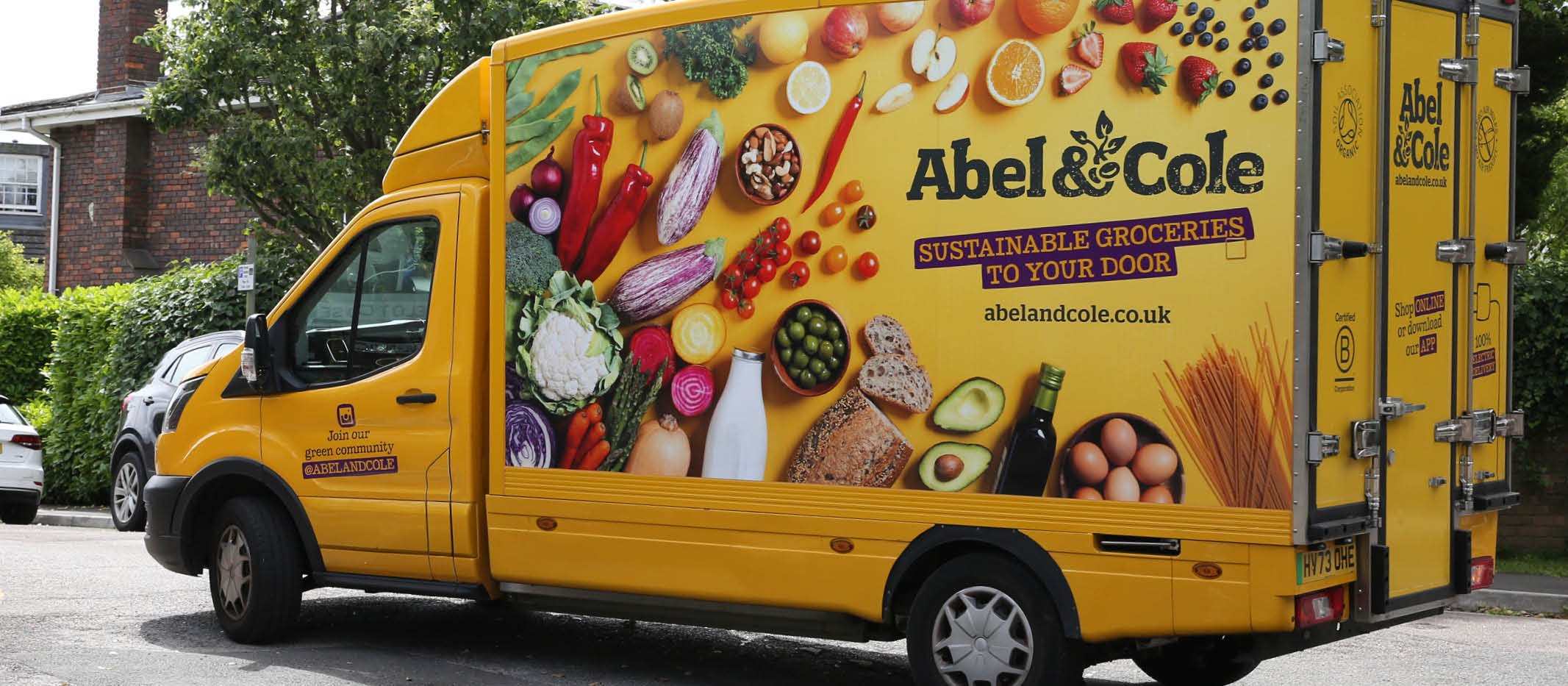Cutting carbon footprints with our deliveries

We do deliveries differently. Our delivery model is specifically designed to help keep food miles and carbon emissions as low as possible.
We’re able to achieve this by:
• Only delivering to certain areas on certain days each week.
• Regularly reformulating and reanalysing our delivery routes.
• Avoiding delivery schedules or timed delivery windows.
• Operating at the time of day that avoids the most traffic congestion (our drivers typically set off between 3am-4am).
• Allowing unattended deliveries – our drivers can leave your delivery in a designated ‘safe place’ if you’re out, and your food is carefully packed to stay fresh all day.
• Having specially designed our yellow vans to be able to carry more than other delivery vans on the road, so we can make more deliveries in a single journey.
• Training our drivers to be as efficient as possible – all of our drivers are trained using the SAFED method (Safe And Fuel Efficient Driving).
This isn’t how everyone operates, and we know that planning around our set delivery days might make your life a little less convenient. But it helps to shrink our carbon footprints. A US study found that companies who clustered deliveries by postcode, as we do, instead of offering delivery slots, emitted between 80-90% less carbon dioxide.
As a part of our long-term carbon reduction strategy to reduce all three scopes of our emissions (aligned with the Science Based Targets Initiative), we’ve also begun to introduce electric delivery vans into our fleet.
Alongside this, we source as much as possible from growers and makers across the UK. For anything that can’t be sourced or grown in the UK (like our organic bananas), we have a zero airfreight policy in place. Government data continues to show that airfreight produces significantly more greenhouse gas emissions than goods transported by other methods. It all helps to shrink your carbon footprint.
Published June 2024


